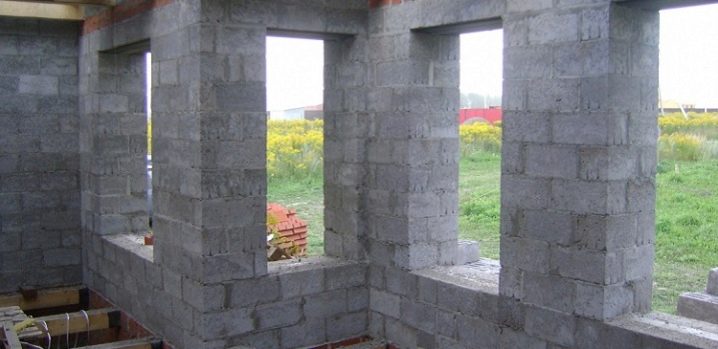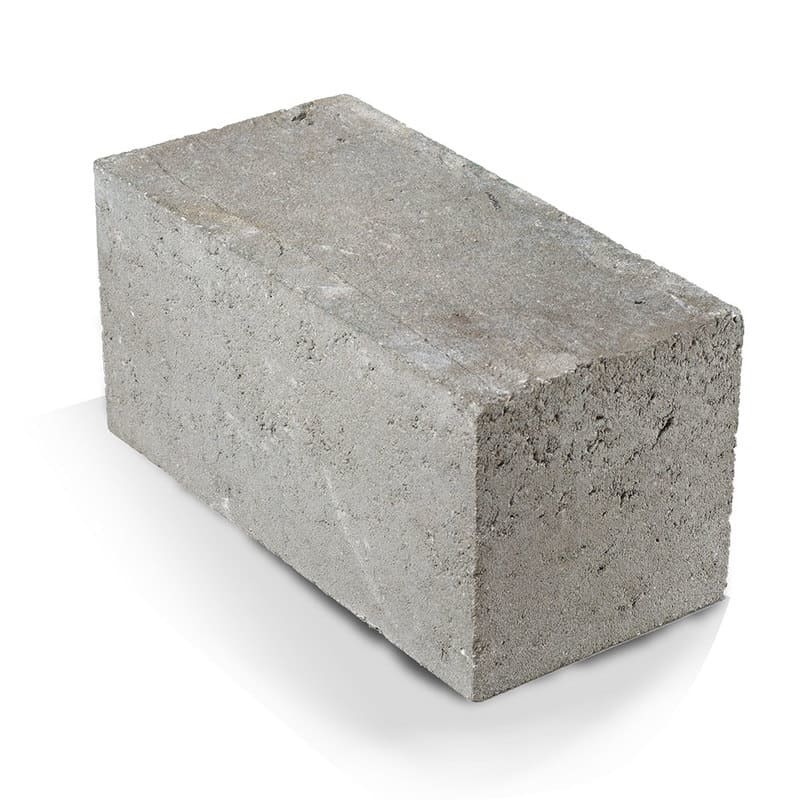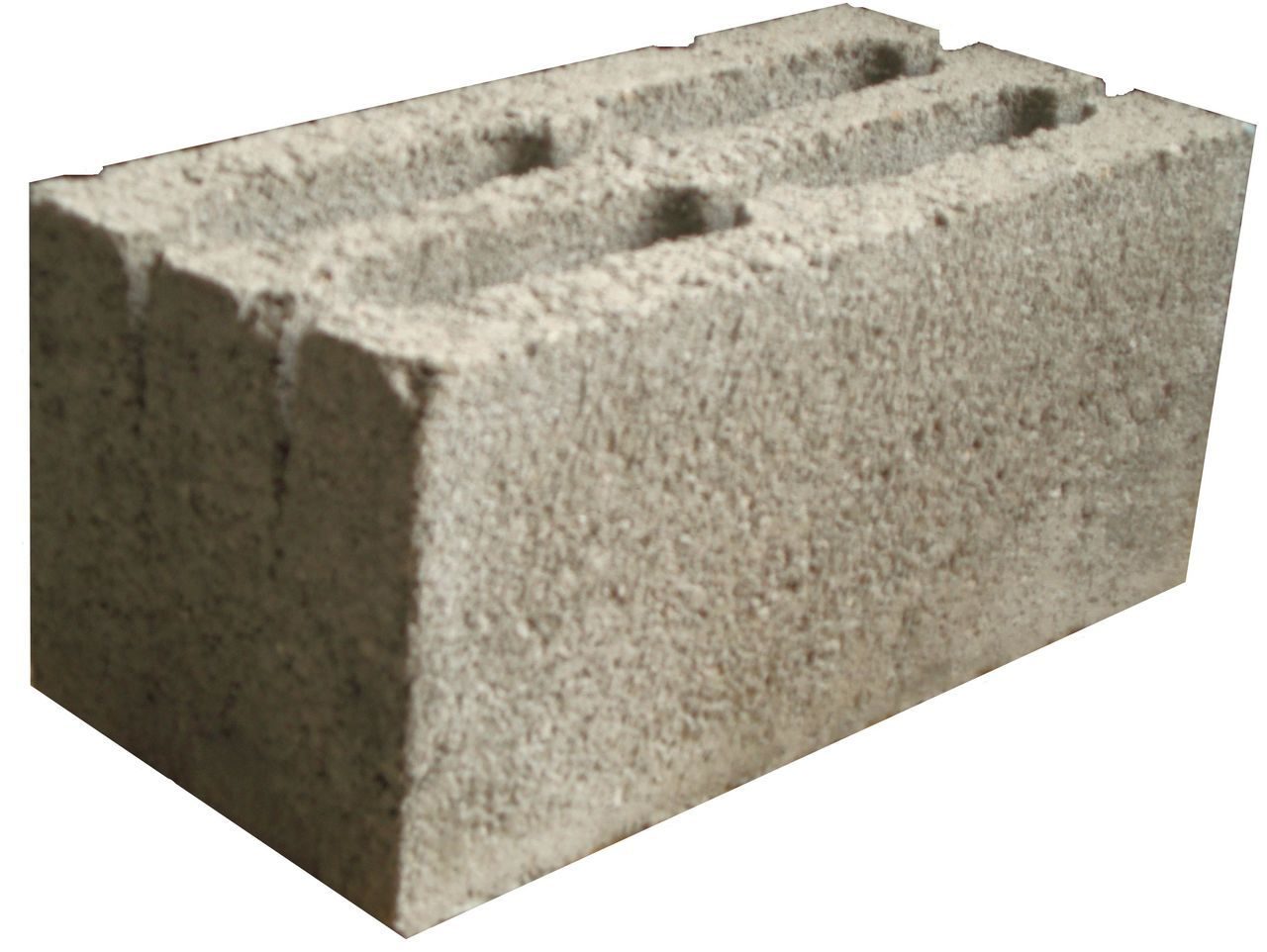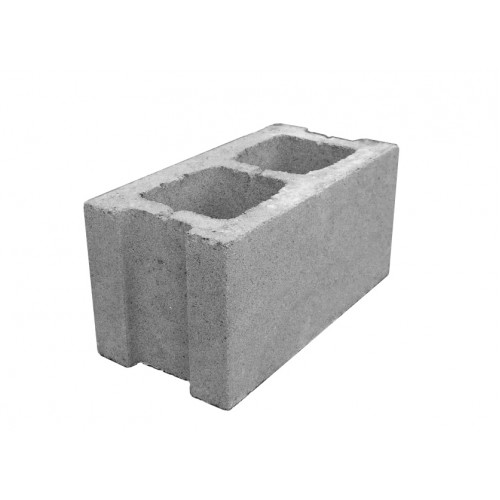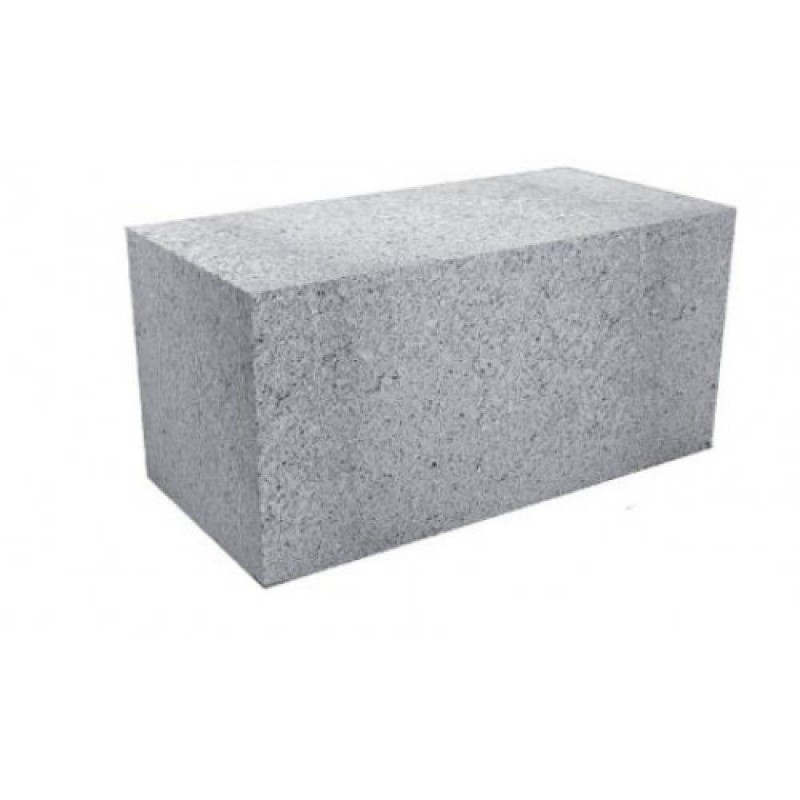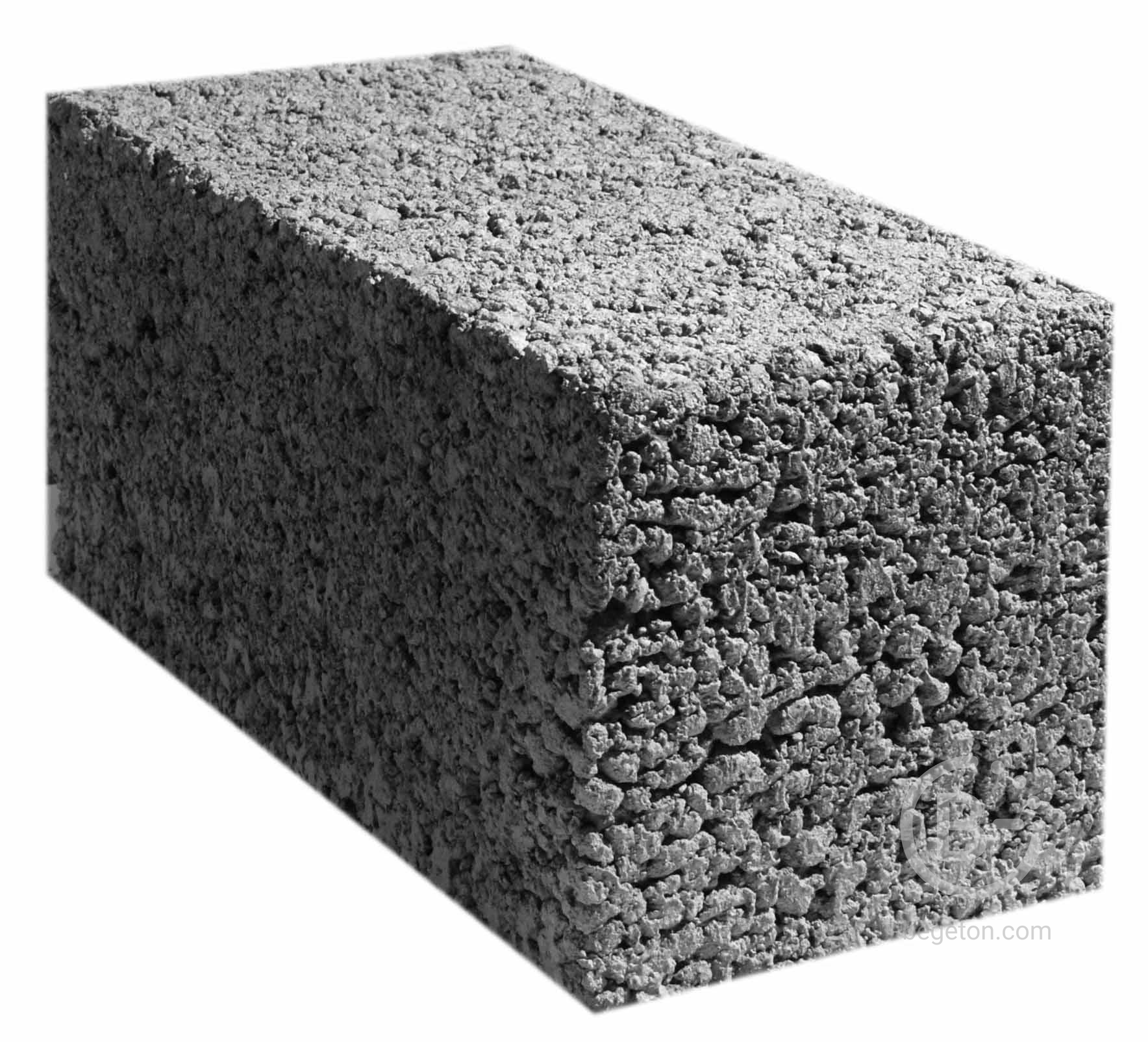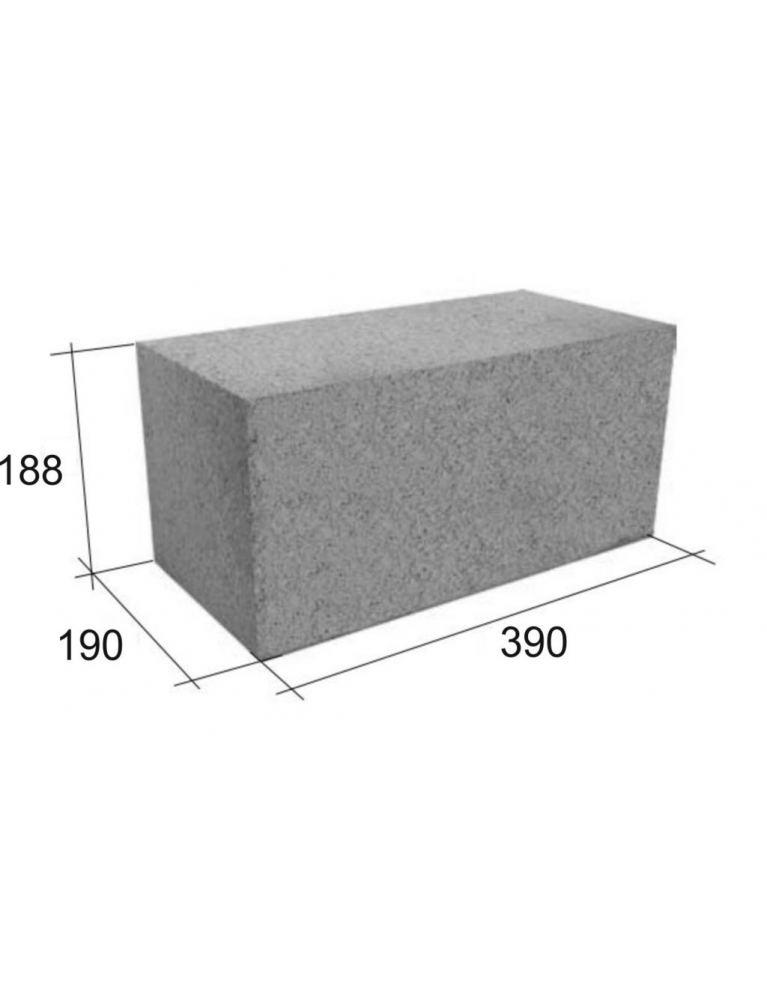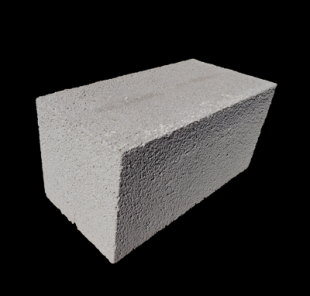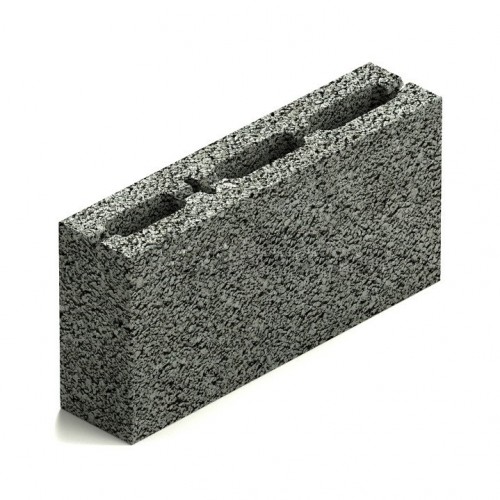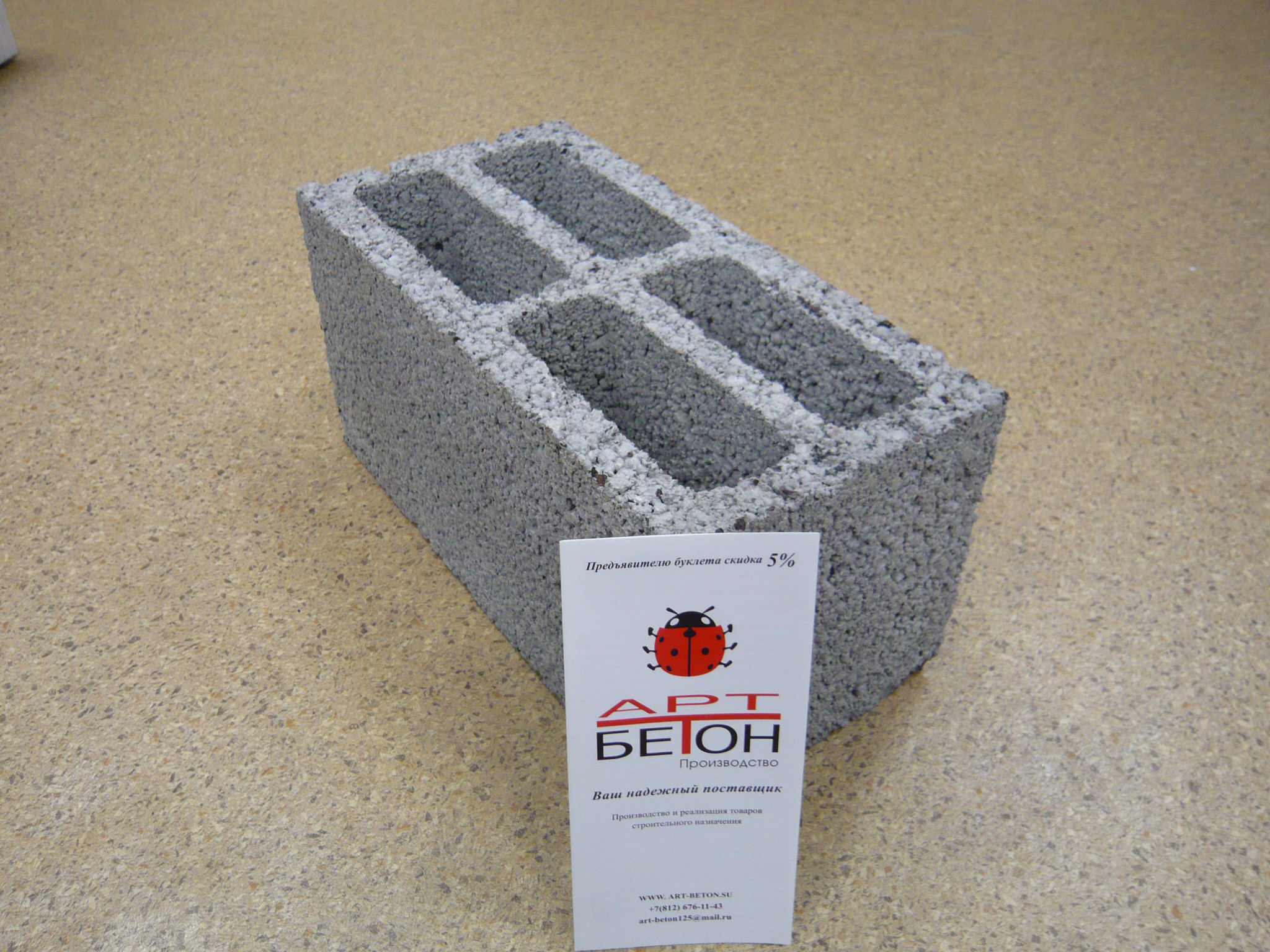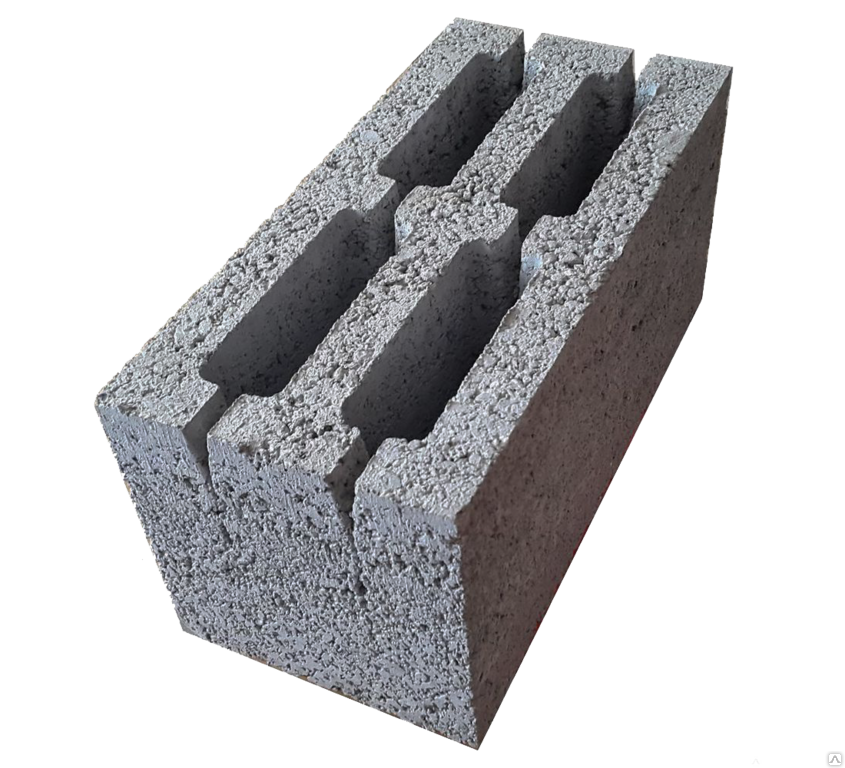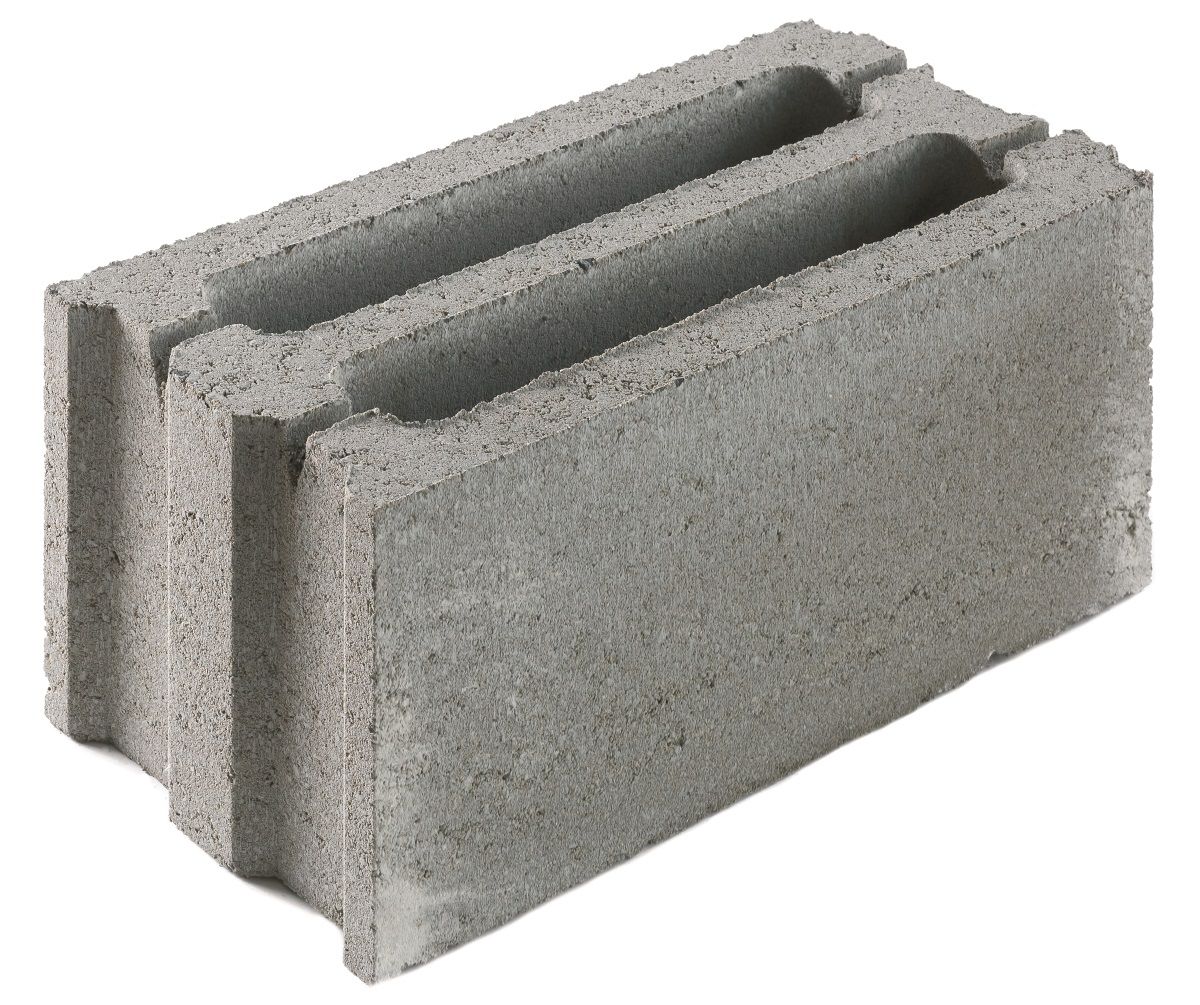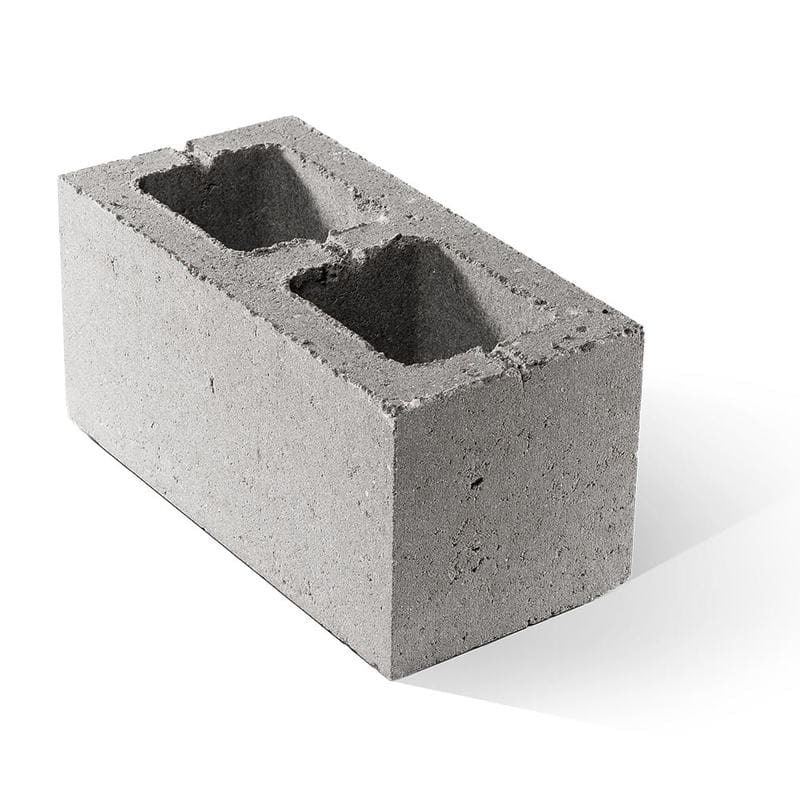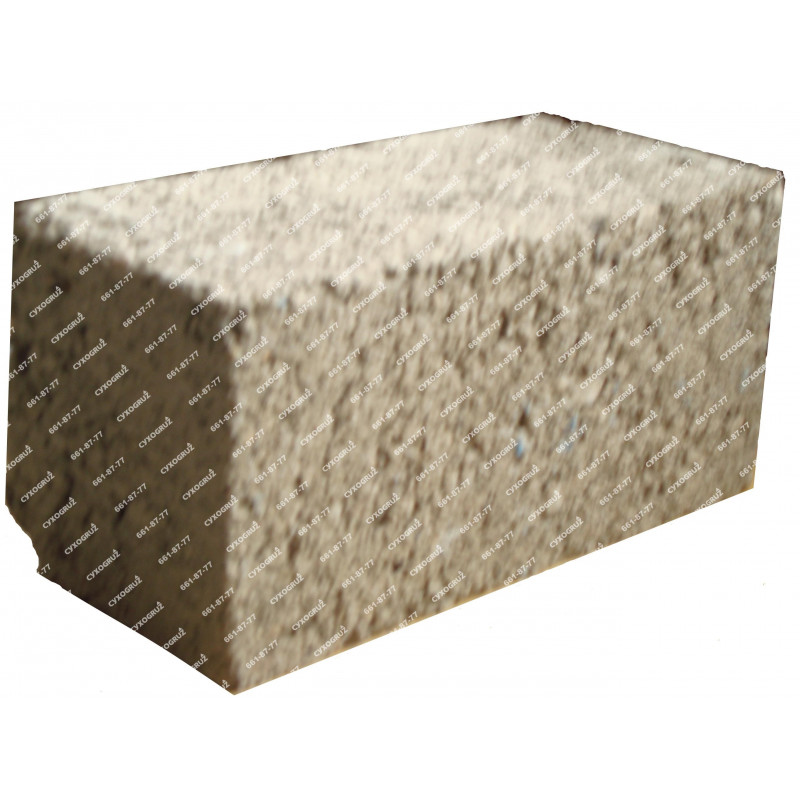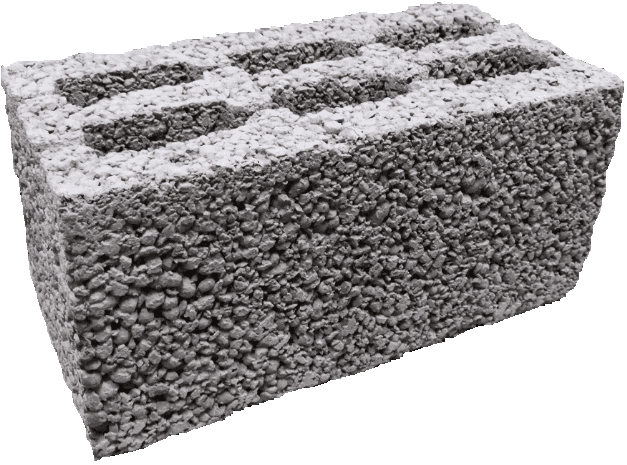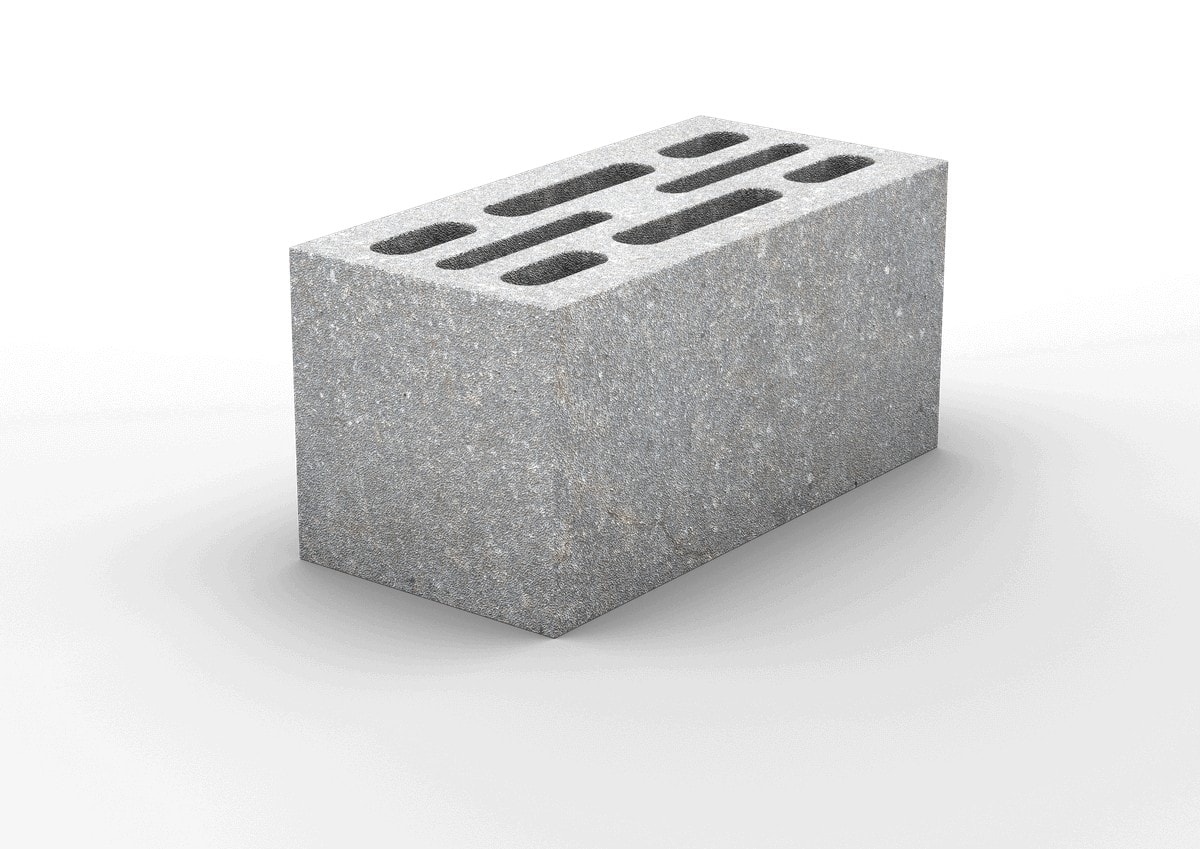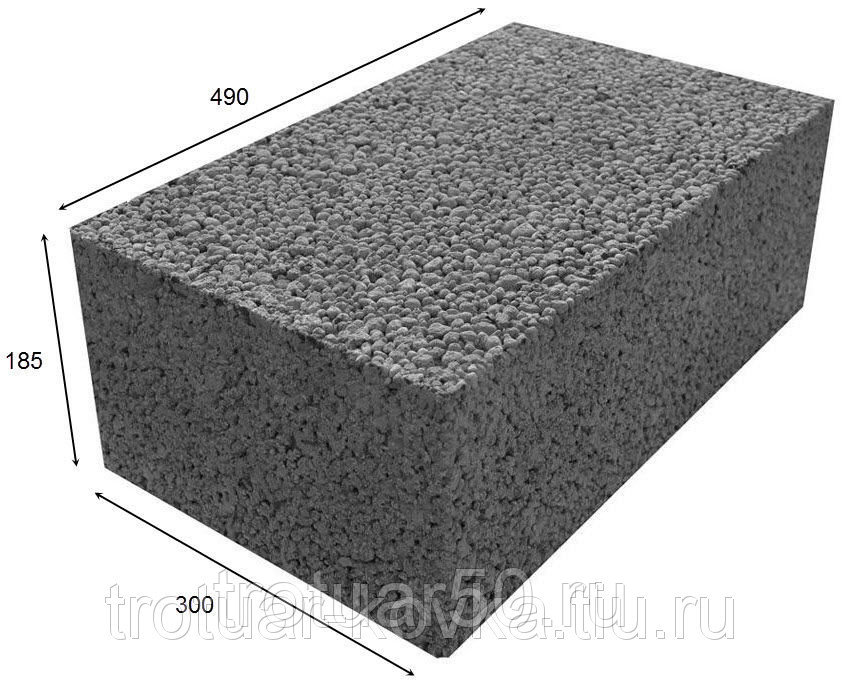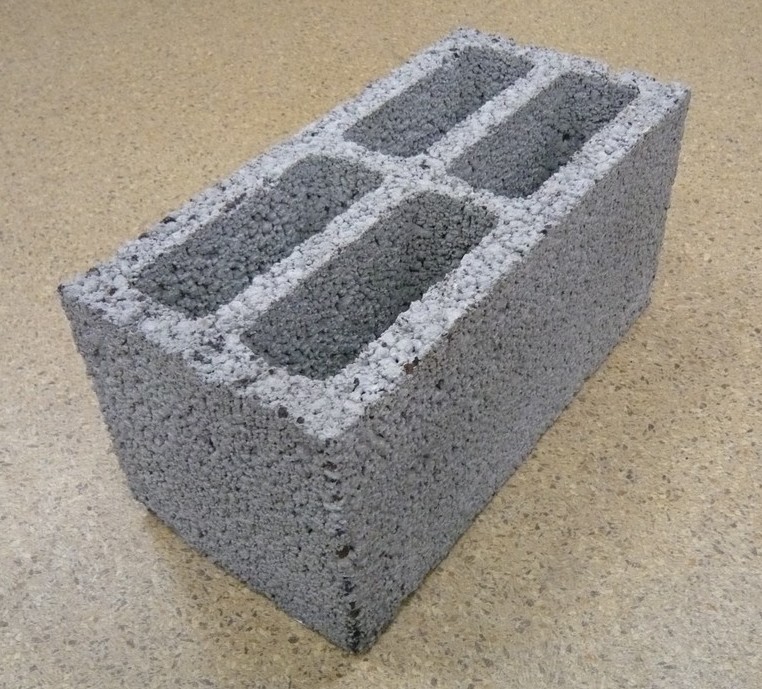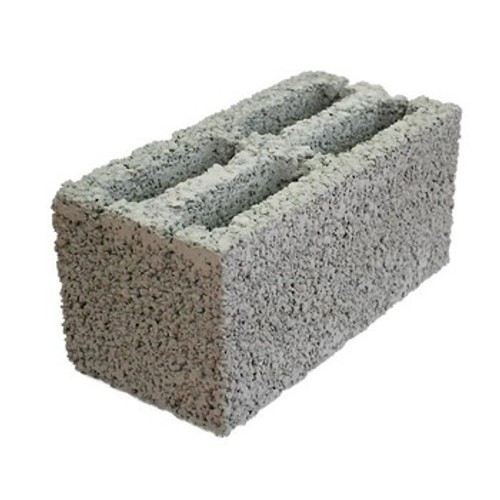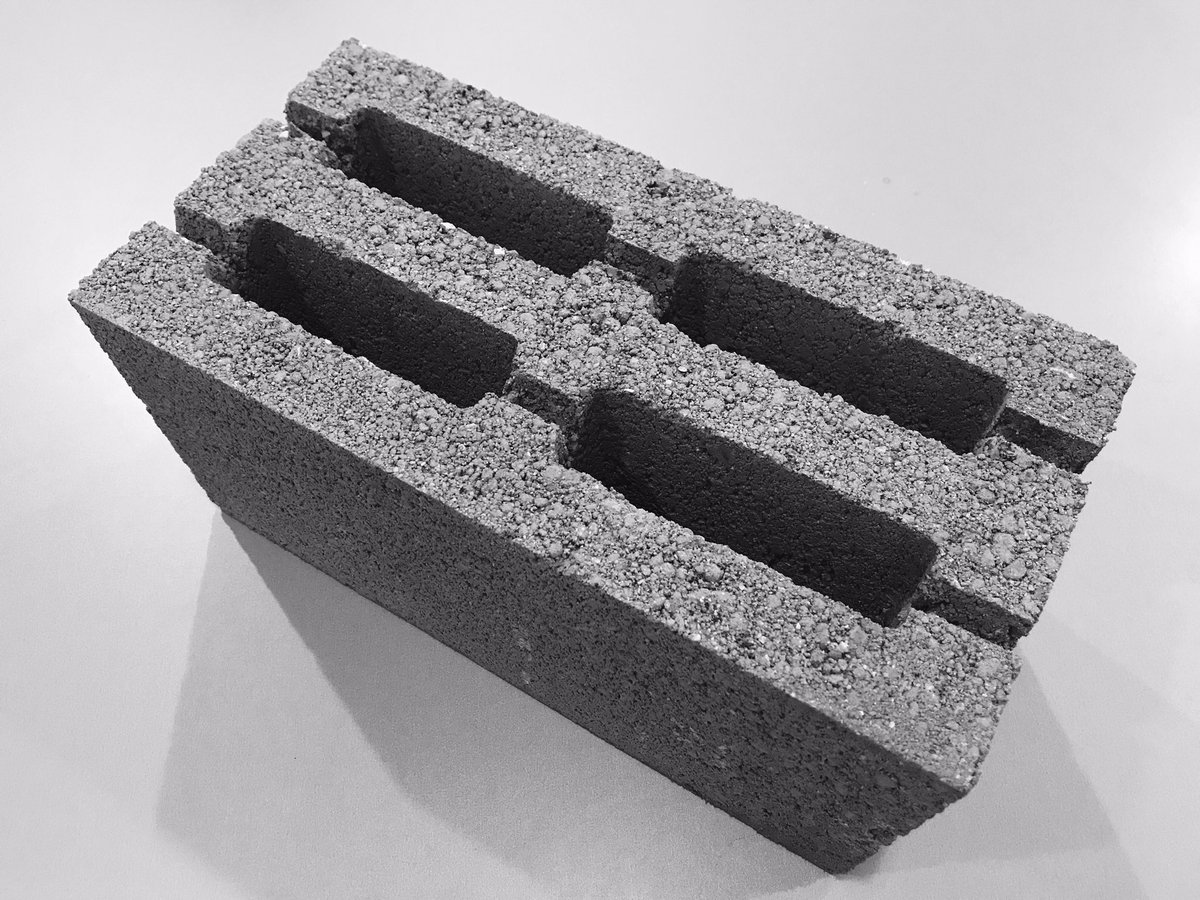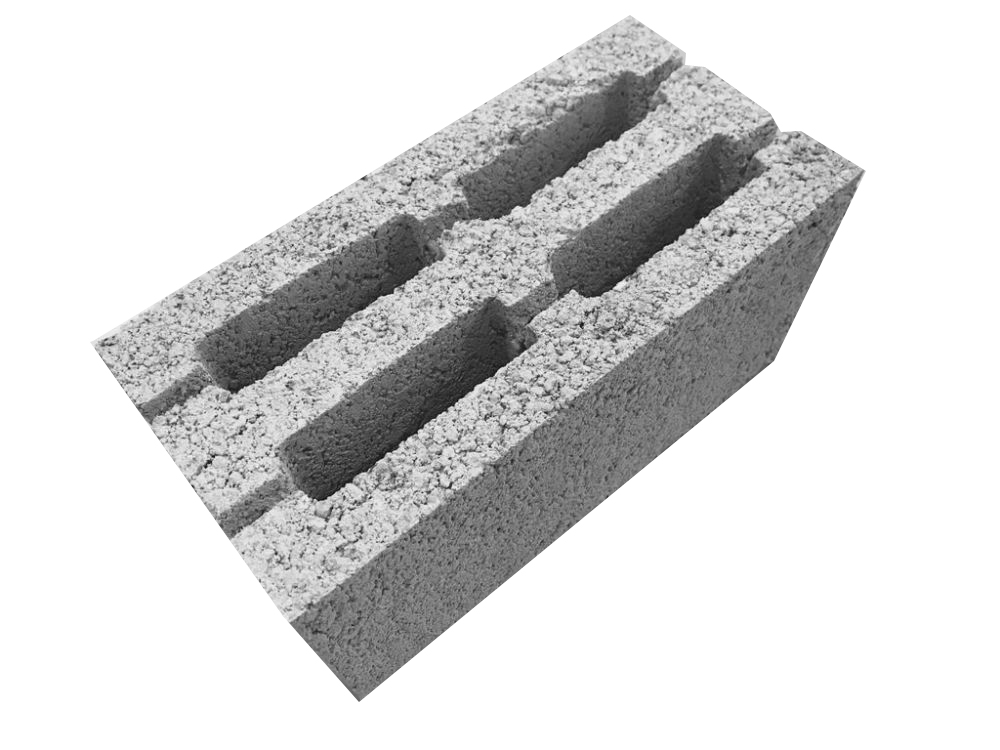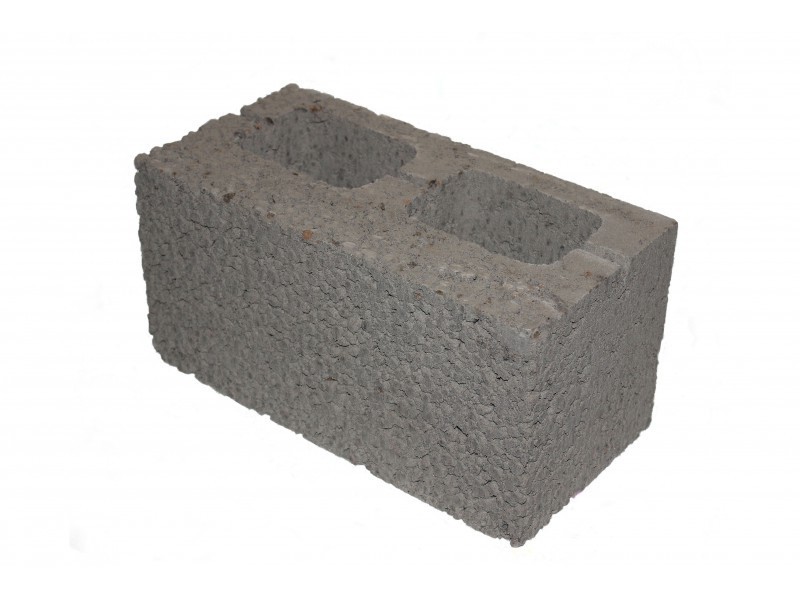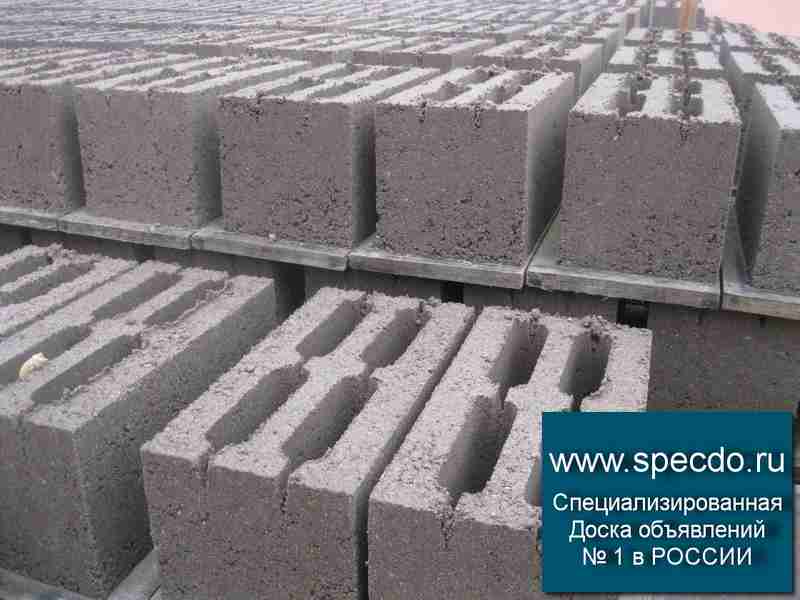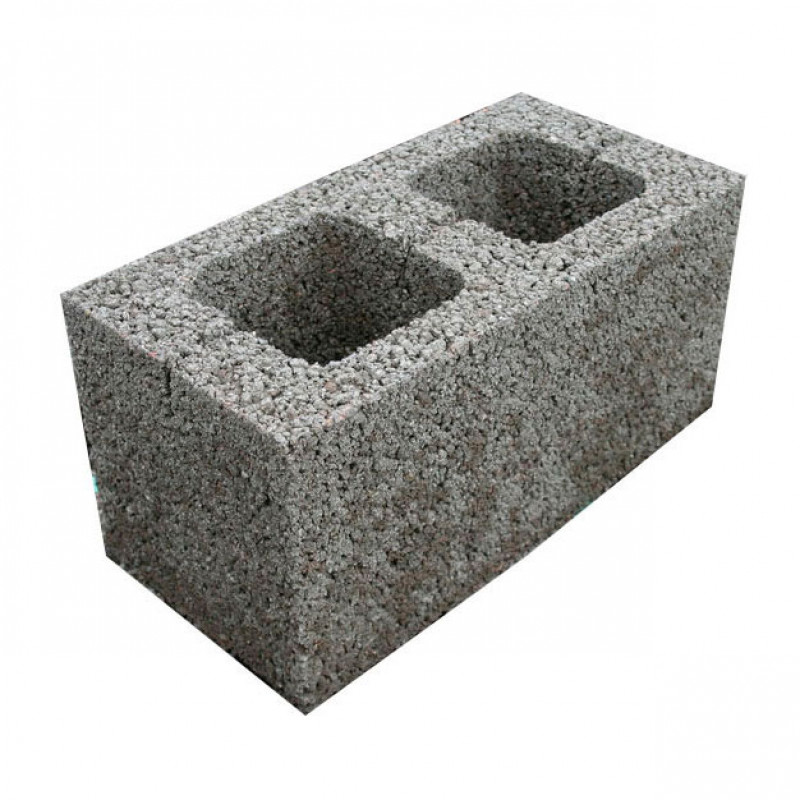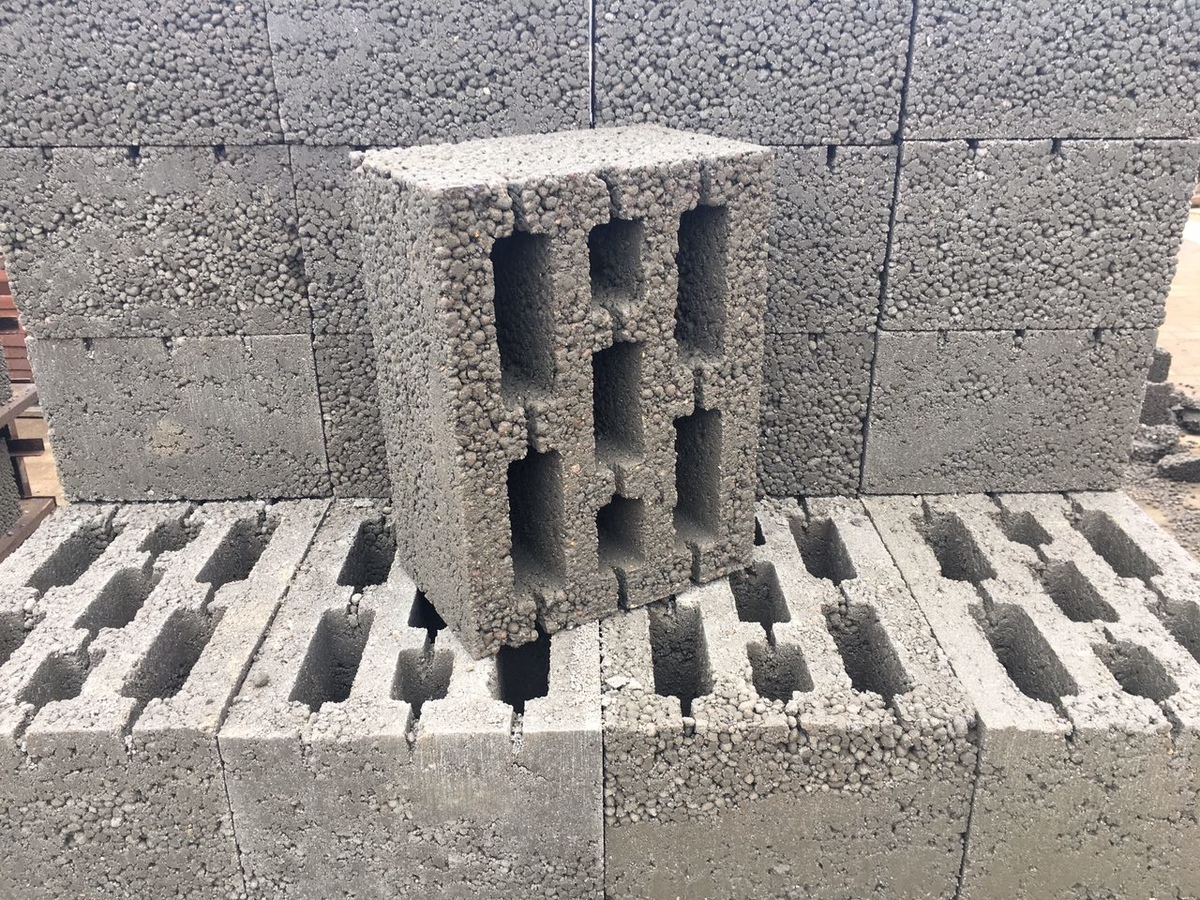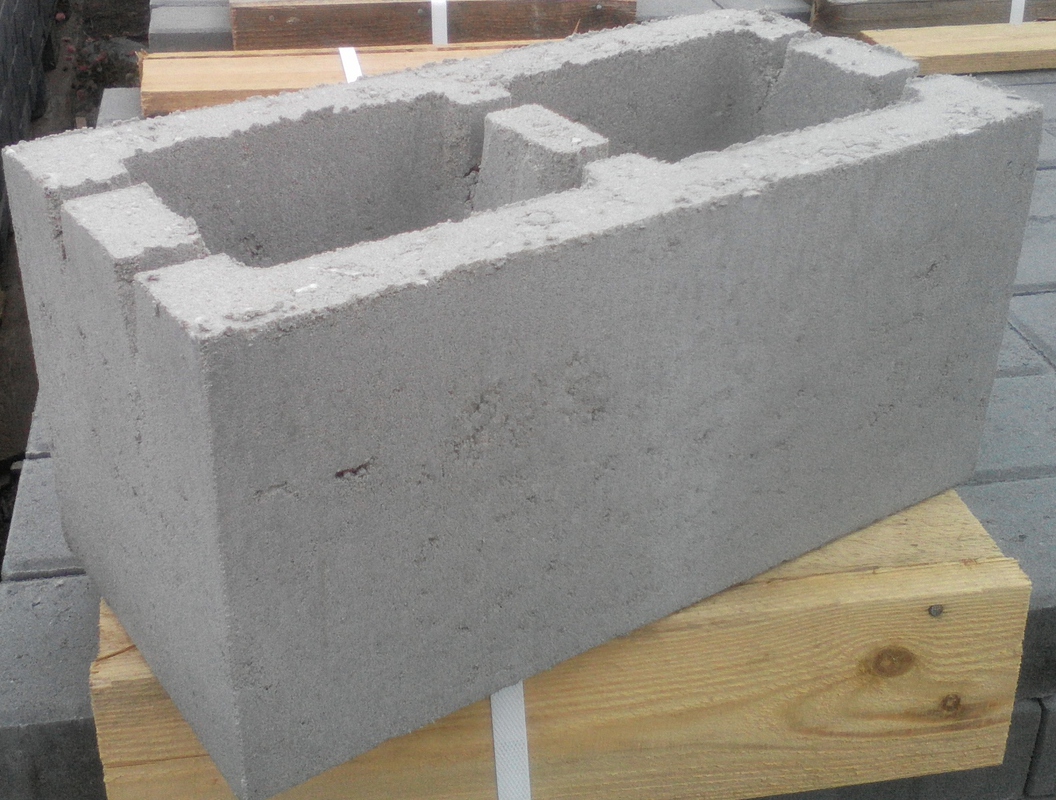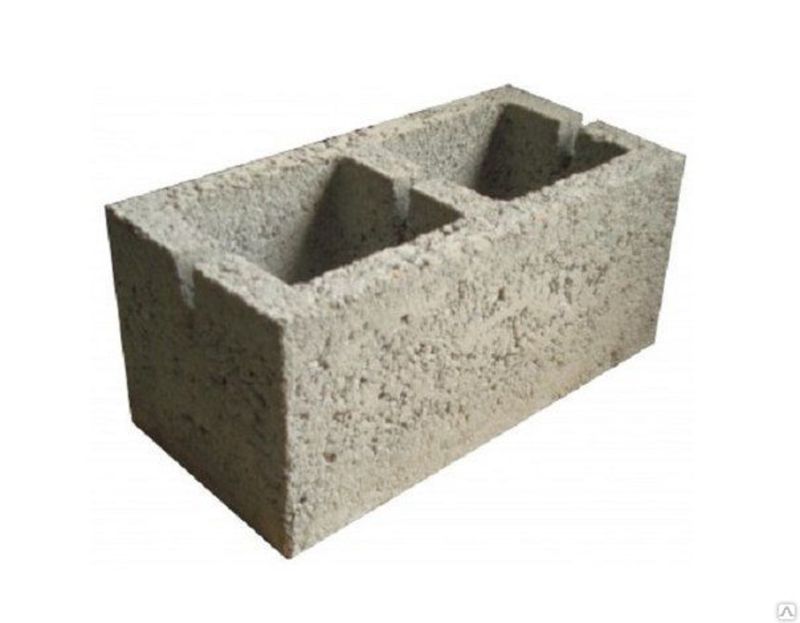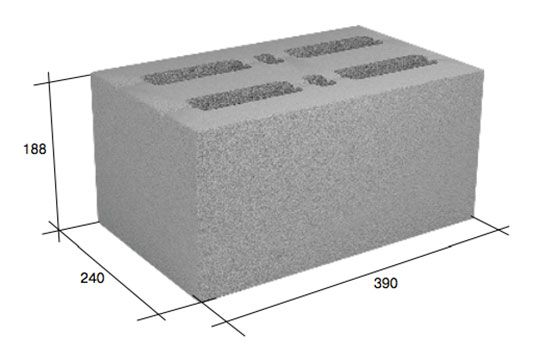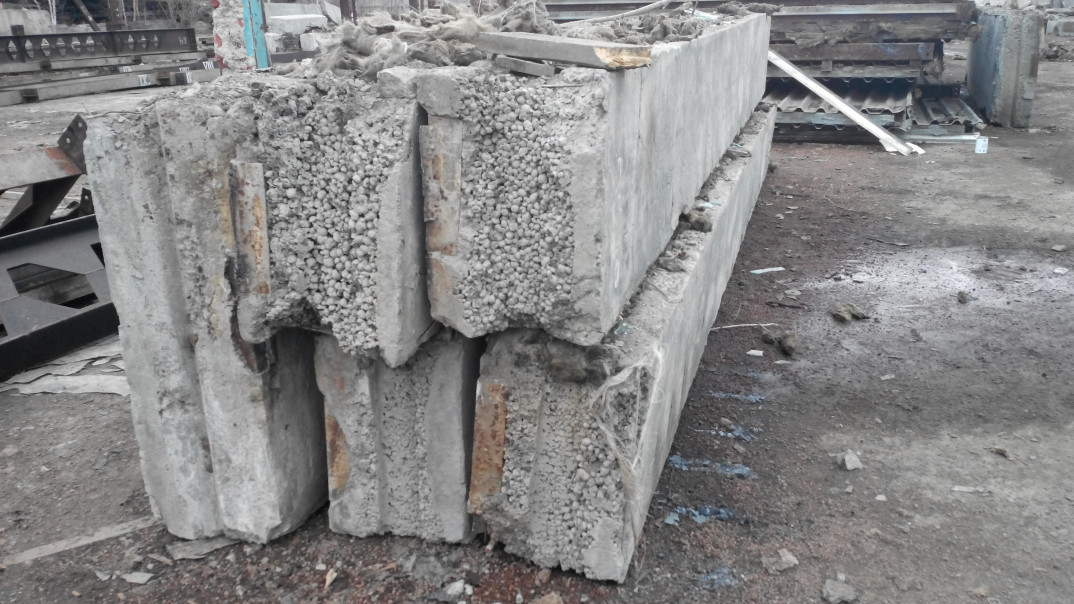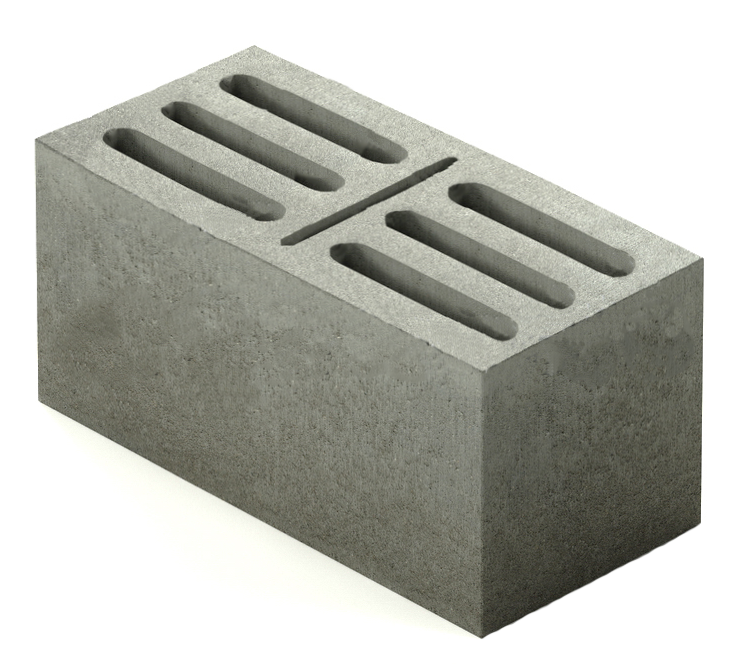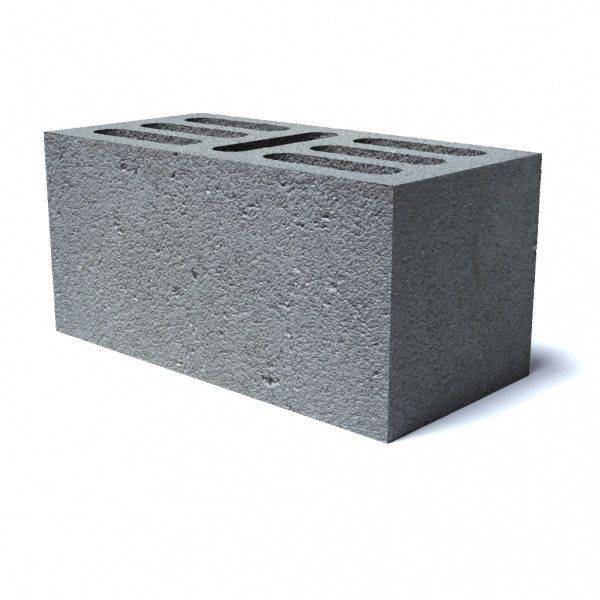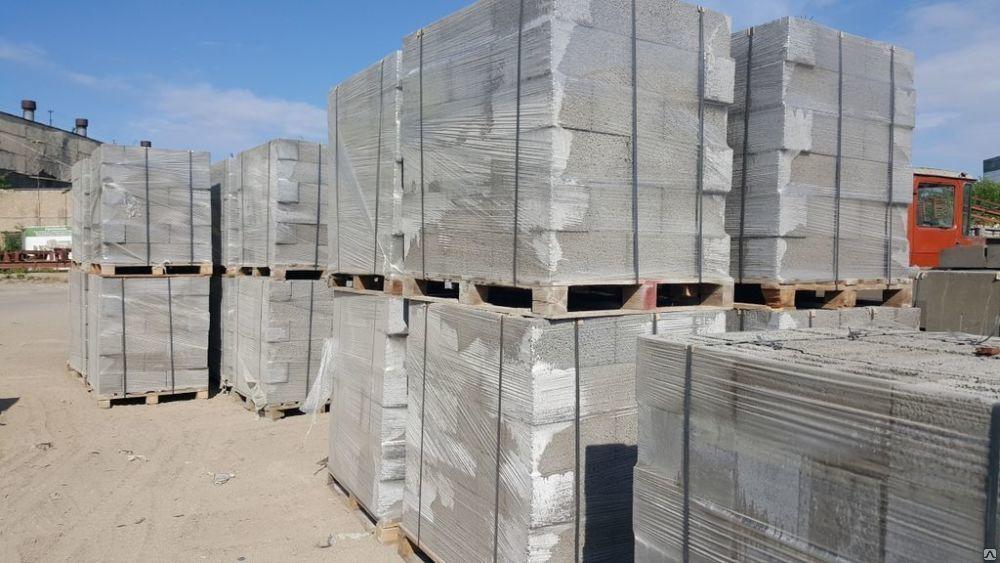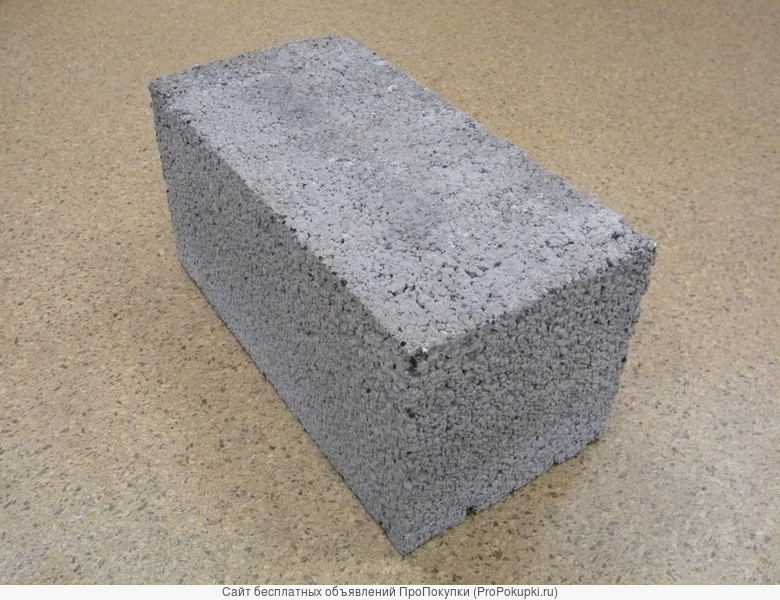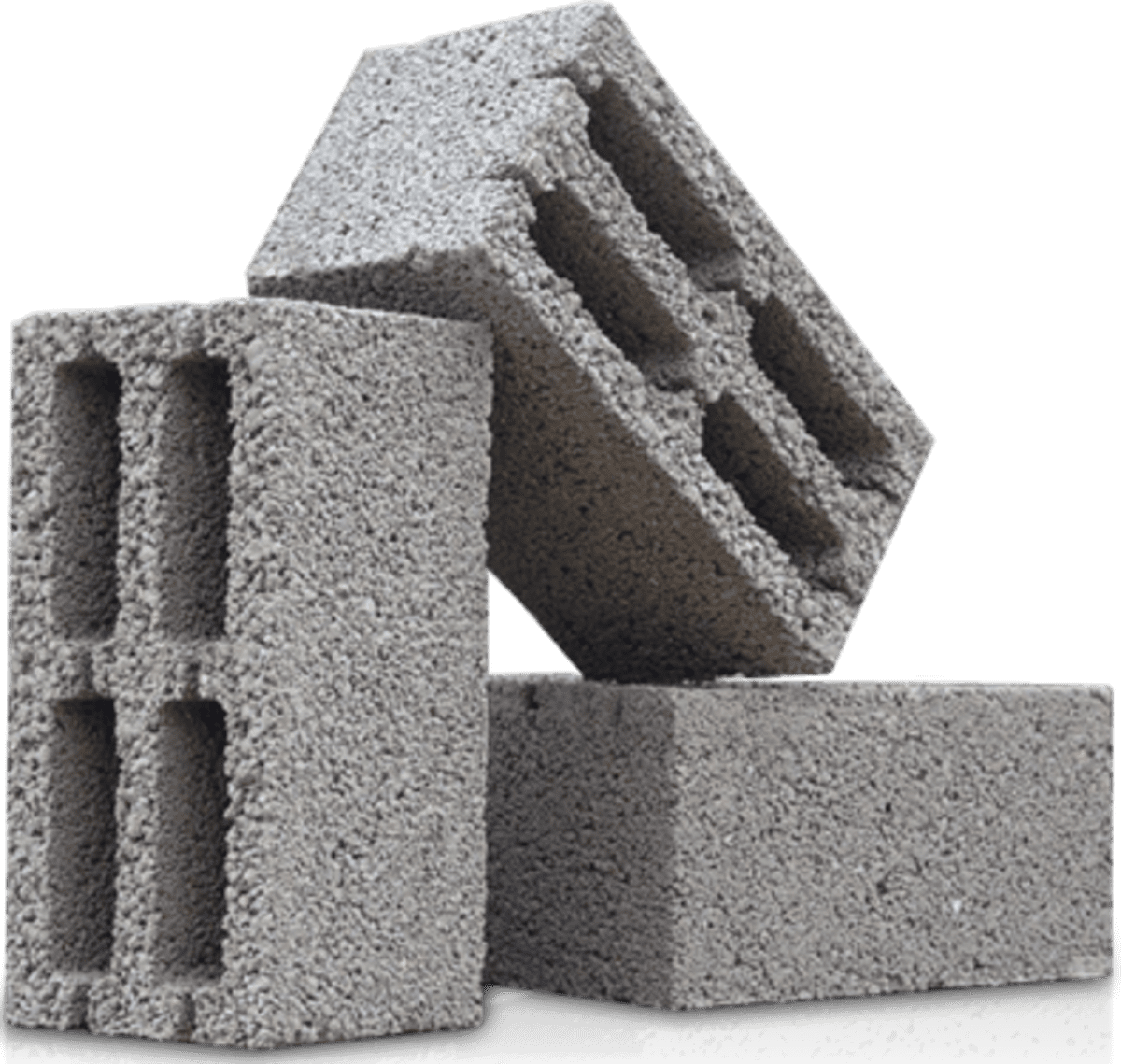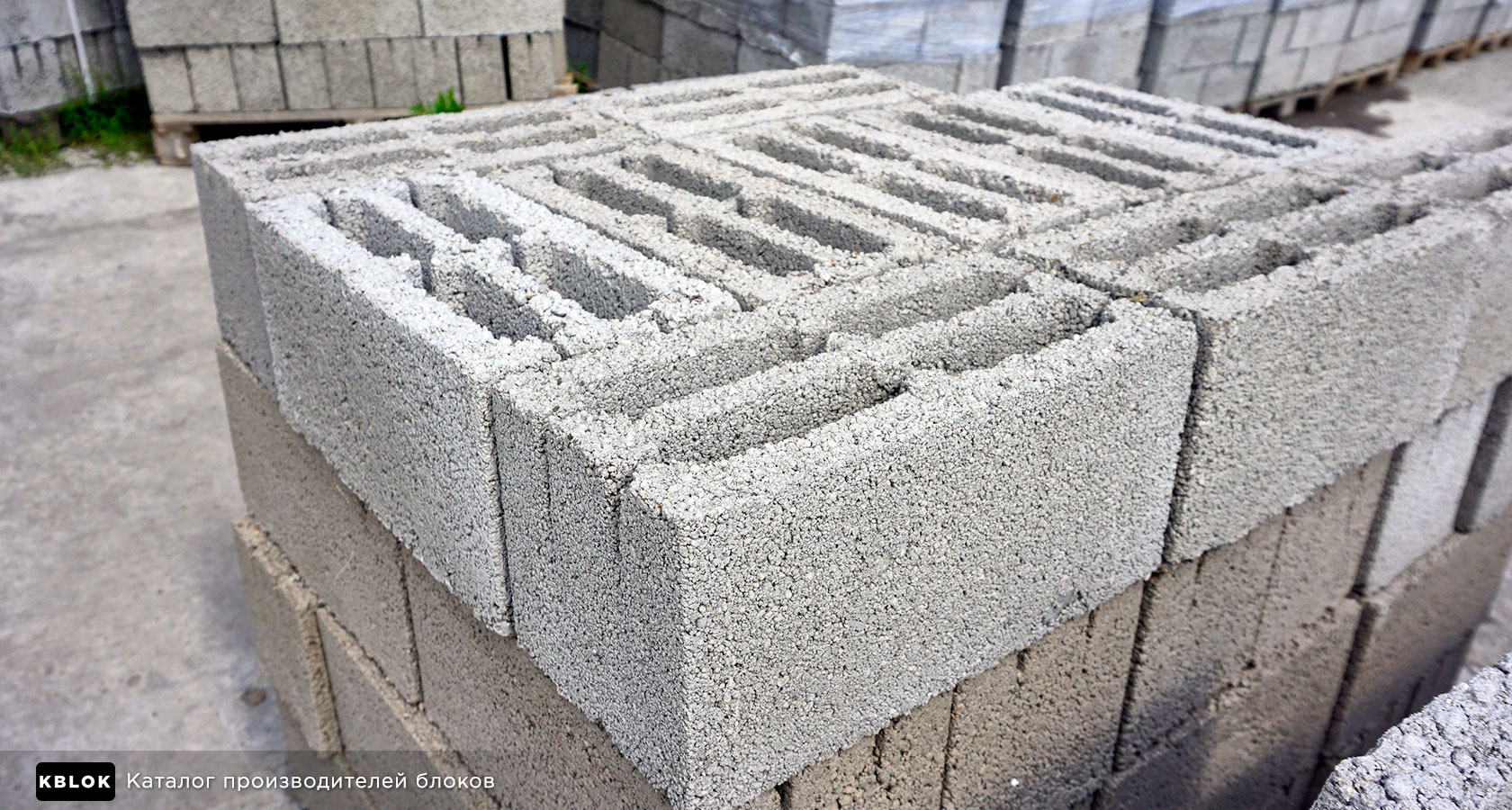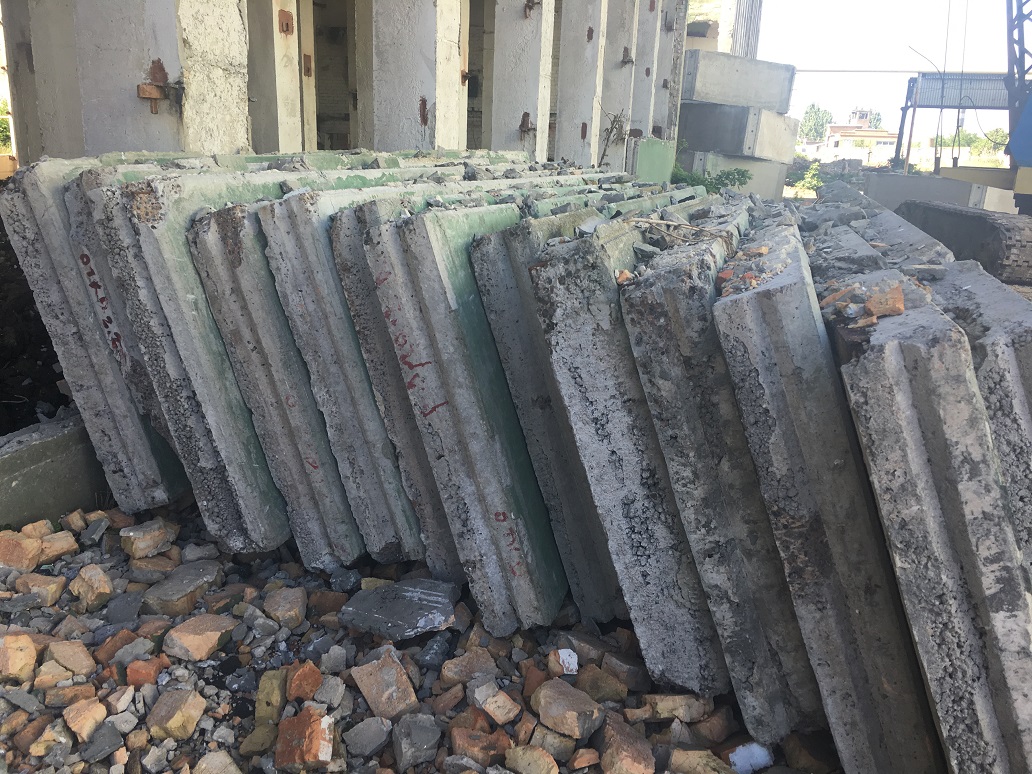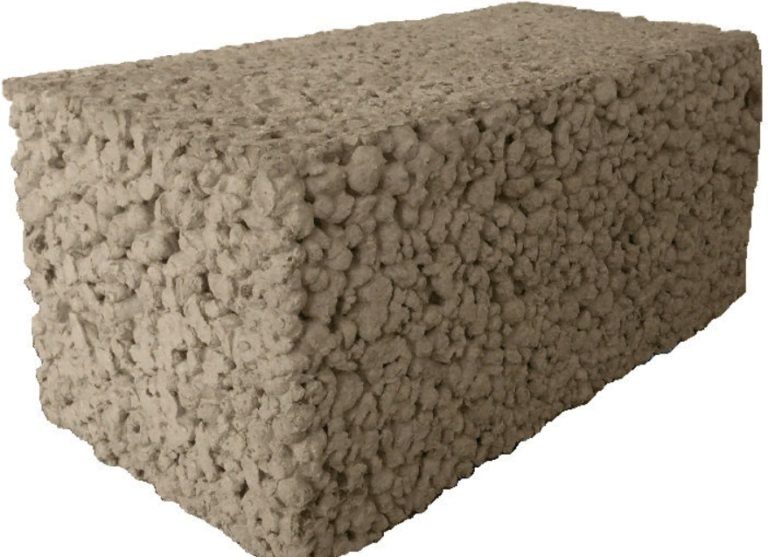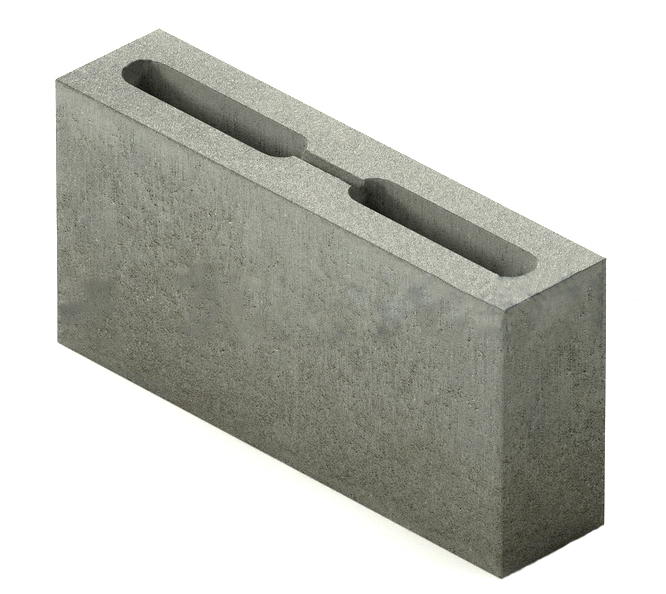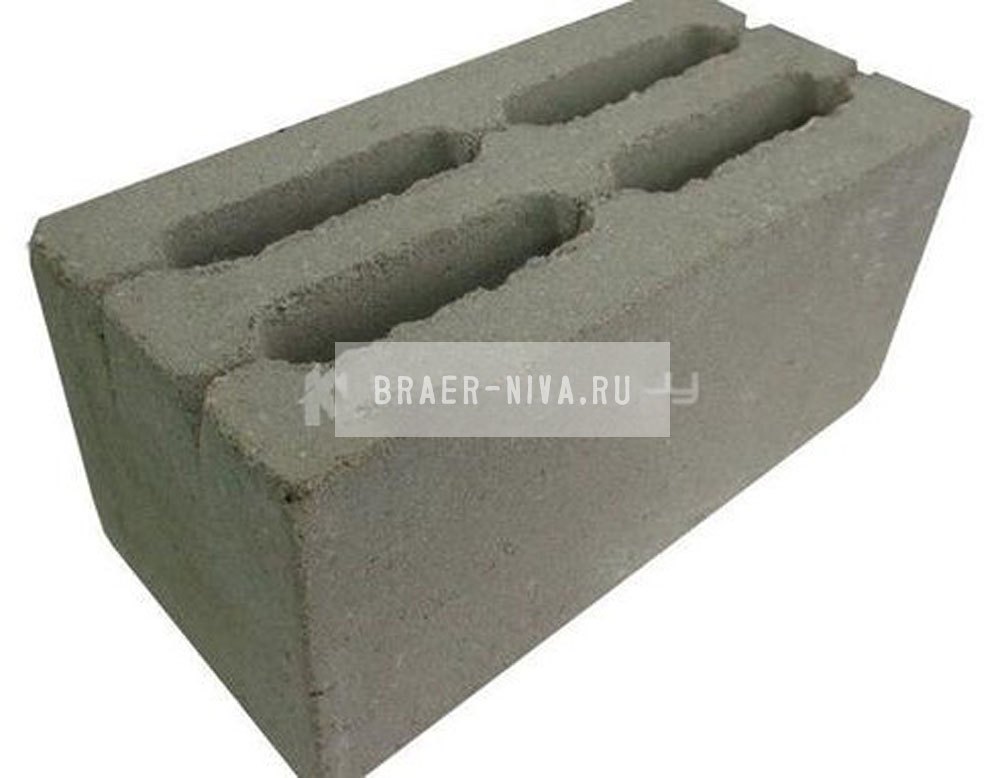Prices and delivery
You can find out the current prices for partition wall blocks in our price lists, or just call us by phone. The cost of the blocks of our plant is much lower than that of others. 71Blok is a manufacturing plant, we do it ourselves - we sell it ourselves!
Among the many services, delivery of wall blocks and other building materials in the Moscow region is available: Dmitrov, Klin, Serpukhov, Podolsk, Chekhov, Klimovsk, Pushchino, Domodedovo, Istra, Mytishchi, Shchelkovo, Stupino, Odintsovo, Krasnogorsk, Solnechnogorsk, Sergiev, Pavlov, Posad , Kubinka, Vidnoe, Khimki, Fryazino, Golitsyno, Dubna, Aprelevka, Taldom, Mozhaisk. Find out about your region, or just call and tell me where to bring (payment on the spot, to the driver).
Types of expanded clay blocks
The ends of the blocks can be grooved, flat, or groove / tongue. For use in corners, one edge can be smooth. In addition, corners can be rounded or straight. On the supporting surfaces (where the mortar is placed), grooves can be molded for laying the reinforcement. These grooves should be located at a distance of at least 20 mm from the corner.

An example of tongue-and-groove hollow wall expanded clay concrete blocks and their prices
Blocks come with and without voids. Voids can be through or not, they are evenly spaced, perpendicular to the working surface. The maximum permissible weight of a lightweight concrete building block is 31 kg. The standard normalizes the thickness of the walls that enclose the voids:
- outer walls - at least 20 mm;
- partition over blind voids - at least 10 mm;
- between two voids - 20 mm.
Voids are often made flat - in the form of cracks. The number of "lines" with voids determines the thermal conductivity of the material. The more void lines there are, the warmer (and quieter) the wall will be. Air, as you know, does not conduct heat well. In any case, worse than concrete. Therefore, dividing the block with voids gives a good result.
Density and compressive strength grades
In terms of strength and thermal conductivity, expanded clay concrete blocks are divided into two categories: structural and structural and thermal insulation. Each of the groups may contain products of different density. Density is the dry weight of one cubic meter of material. The approximate value is after the letter D. For example, D600 - the mass of a cubic meter is 600 kg, D900 - 900 kg. Etc.
- Structural and thermal insulation:
- D500 B0.75 to B1.75;
- D600 B1.0 to B2.5;
- D700 B1.5 to B3.5;
- D800 B2.0 to B3.5;
- D900 B2.5 to B7.5;
- D1000, 1100 B3.5 to B10;
-
D1200, 1300, 1400 B5 to B10.
- Structural:
- D1100V 12.5;
- D1200. 1300 B12.5 to B20;
- D1400. 1500 B12.5 to B30.
In private housing construction, structural and thermal insulation blocks are usually used. For the construction of the outer walls of one-story houses, expanded clay concrete blocks of the D700 or D800 brand are used; for internal unloaded partitions, lower grades can also be taken.
Pouring of expanded clay concrete floor screed
For a wet floor screed, the following proportions of components are required:
- 1 part cement;
- 3 pieces of sand;
- 4 parts of expanded clay.
This means that for 25 kg of expanded clay it is necessary to take 30 kg of sand cement. Expanded clay gravel is poured into a large container and a small amount of water is added. The granules need to be under water for a while to absorb it.
Then cement and sand are added to this container, stirring constantly. It is necessary to stir until the granules become the color of cement, and the solution itself has not acquired a viscous sour cream of a similar consistency. With a thick solution, add a little water.
Before pouring the screed, waterproofing must be laid on the concrete, otherwise the expanded clay concrete will not gain the required strength. From above, the flooded floor must also be covered with foil for 2-3 days so that the moisture does not evaporate.
Then it is necessary to carry out a finishing screed to align all the bumps. The result will be more effective if the floor is sanded before the final pouring.
The finishing layer should be no more than 3 cm.To prepare it, you need a cement mortar, only without adding crushed stone. To achieve a flat surface, it is necessary to build new beacons from metal profiles, 27 mm high. Next, the finishing screed is poured, leveling with the rule.
It is possible to carry out two layers of the screed at the same time, which makes the structure more uniform. The method is as follows:
- In a small area, expanded clay concrete is poured.
- A guide profile is installed on the beacons.
- A finishing screed is poured over it, leveling it along the profile beacons.
- Start filling the next section.
Thus, the area is filled with separate sections.
The next day after the final pouring, the guide profiles are taken out, and the free grooves are filled with mortar. A control measurement of the evenness of the floor is carried out with a laser level.
Due to its light weight, the expanded clay concrete floor can be equipped even on an attic floor made of wooden beams. In addition, expanded clay concrete is cheaper than cement, which makes it more accessible to use.
Let us present the composition of the expanded clay concrete mixture with a specific gravity of 1500 kg / m 3 in the form of a table *.
Table 1: Composition of expanded clay concrete mixture
* Data are given for 1m3 of expanded clay concrete mix.
With a decrease in the% content of cement and sand, the specific gravity of the expanded clay concrete mixture will decrease.
In the composition of light mixtures with a specific gravity of up to 1000 kg / m 3, sand may be absent, the content of cement decreases, and expanded clay - increases.
1.1. Cement (GOST 10178-85).
For the production of blocks, cement of a grade not lower than M-400 is required.
1.2. Expanded clay (GOST 9757-90).
Expanded clay is a lightweight porous material in the form of gravel, obtained by firing low-melting clay rocks. Most often, for the production of expanded clay blocks, fractions of 5-10 mm are used.
1.3. Sand (GOST 8736-93).
Coarse or medium-sized sand is used as a filler, which creates the skeleton of the block.
1.4. Water (GOST 23732-79).
The use of water without contaminants is preferred.
Standard solutions for the middle lane
When building a house, it is most correct to order a project. Here everything will be taken into account for you, they will register all the nodes, materials, including the size of the expanded clay concrete block, its parameters and quantity. It remains only to buy everything according to the list. But few do that. The project is a cost, and there is little money. Therefore, they try to "estimate" themselves without calculation. The position is also understandable, but it does not always lead to savings, because "standard solutions" are made with a margin of safety, and this is a waste of material. But, in general, there are proven options for the composition of the cake of the outer walls from expanded clay blocks for Russia.
-
Only blocks without insulation. Wall thickness - 600 mm. The size of the expanded clay concrete block for the outer wall is 590 * 290 * 200 mm, the blocks are hollow, structural and heat-insulating. Place blocks with voids up, fill them with heat-insulating material. The most convenient way is with expanded polystyrene chips. Finish from the inside - plaster or drywall, outside - plaster.
- Expanded clay block 400 mm + insulation. For the outer wall, it is more convenient to use an expanded clay concrete block with a size of 390 * 190 * 200 mm. When laying with a bandage, we get 40 mm thickness. The insulation layer must have a thermal conductivity coefficient of 0.05 W / m ° C. For mineral wool and expanded polystyrene, it is about 50 mm.
-
Multi-slot block of expanded clay concrete 500 mm thick without insulation. The dimensions of the expanded clay concrete block must be selected, since they often come in non-standard sizes. Can be found 500 mm long and 250 mm wide. It will be convenient to lay it in the usual scheme with a dressing. Or you can use other formats, but you will need to develop a masonry scheme.
- Expanded clay wall 290 mm thick + insulation. For this option, you can use a large-format block. According to GOST, its size is 288 * 288 * 138 mm, but it weighs a lot, it is more difficult to work. You can use a narrower one - 138 mm wide, which will almost give the required thickness.Insulation needs about 100 mm, interior decoration - plaster or drywall.
When choosing expanded clay blocks, we look at two indicators: the compressive strength class - for load-bearing walls it should be at least B3.0 (with a margin). The second indicator is the coefficient of thermal conductivity. The lower it is, the better.
Advantages of expanded clay concrete wall partition
The construction and construction of cottages, buildings, houses cannot be imagined without the construction of interior partitions. The company 71 BLOCK, in addition to the main assortment of the wall block, is engaged in the production of expanded clay concrete partitions.
Partition blocks have a number of significant advantages:
- They have a convenient configuration and optimal size, light weight.
- Partition blocks in construction significantly increase the speed of masonry.
- According to their technological characteristics, partition blocks have a porous structure due to the presence of expanded clay gravel in their composition.
- Expanded clay concrete partitions provide the necessary level of sound insulation of premises with a block thickness of only 9 cm.
The most important and competitive advantage of partition blocks is their low cost compared to gas blocks and foam concrete.
71BLOK manufactures expanded clay concrete partition blocks of three types: solid partitions and hollow partition blocks. Depending on the required thickness of the partition, you can also order interior partition blocks with a thickness of 80 mm.
|
390x190x90 - 2 slot partitions |
390x190x90 - full-bodied partition |
390x190x80 - hollow partition |
The expanded clay partition consists of approximately 40% expanded clay, which determines its high consumer properties. As a filler, we use expanded clay gravel of the Aleksinsky plant, fraction 10-20. Before the blocks are formed, expanded clay is crushed in special crushers to a finer fraction: expanded clay with a fraction of about 8-12 mm. Then, the crushed claydite is fed through a conveyor belt to a mixer, where it is mixed in a certain proportion with M500 cement from the German HeidelbergCement plant, river sifted sand from the Oka River and water.
We officially declare that in the process of production of expanded clay concrete blocks of partitions, 71BLOK does not use any other components, except for the above. The molded blocks on trolleys enter the oven-dryer, where the initial stage of drying takes place within 12 hours.
At the exit from the conveyor, the partition blocks are subjected to stripping and palletised. At the end, the production of expanded clay concrete partitions is wrapped with tape and sent to a warehouse for long-term storage or to be loaded into a transport workshop. Here, in brief, is the whole cycle of production of expanded clay concrete blocks by plant 71Blok.
Partition blocks are used for the construction of interior partitions in the construction of housing of various classes from economy to luxury. Noise isolation of the blocks provides a sufficient level of comfort for future residents.
Sound insulation indicators of building enclosing structures are determined in accordance with SNiP 23-03-2003 "Protection against noise". Company 71Blok produces expanded clay concrete wall blocks with the following sound insulation parameters: with a block thickness of 190mm - 45dB, with a partition wall thickness of 90mm - 41dB.
The ideal solution for ensuring high thermal insulation properties of partition blocks is the use of Aleksinsky blocks in the construction. A clear and obvious advantage of expanded clay concrete blocks of partitions is their lightness. Partition hollow block 90 mm thick. weighs about 7.5 kg., and a full-bodied partition - about 10 kg. The use of our partition blocks significantly reduces the load on the foundations of houses.
The most important competitive advantage of the partition blocks of the Aleksinsky plant 71BLOK is their affordable selling price.Details and technical characteristics of expanded clay concrete partitions can be found on the website www.71blok in the corresponding section of the catalog.
Application in construction
Expanded clay concrete blocks (former cinder blocks) are architecturally expressive, environmentally friendly, adapted to the harsh climate of Russia. The use of cinder blocks is possible without plastering the internal facades, which excludes wetting processes. The experience of using lightweight aggregate concrete blocks has shown that additional specialized design solutions are no longer required for the construction of low-rise buildings. Exactly consistent dimensions and a variety of lightweight aggregate concrete solid blocks are perfectly combined with all types of small-piece building materials and reinforced concrete products, metal structures, door, arched and window openings.
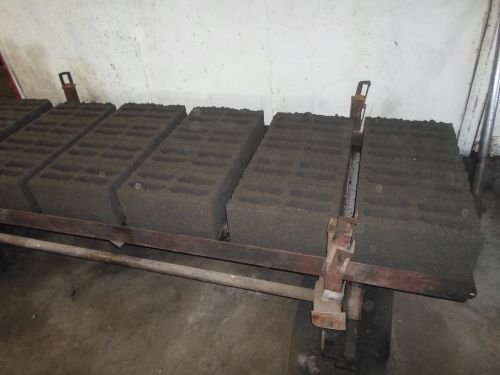
Photo: Technological process for making blocks: Forming before drying on a conveyor
Solid expanded clay concrete blocks are widely used in filling walls in monolithic construction. Over the past 5 years, the 71 Block company has supplied hundreds of thousands of cubic meters of blocks to all large construction projects in the Moscow, Tula, Kaluga regions, namely:
Tula region
- Lcd Parkovy, Tula, st. Boldin
- Residential complex Makarenko, Tula str. Makarenko
- LCD Crystal Gen. Margelov St.
- Lcd Northern Myza
- Residential complex Inshinsky Tula, Dorozhnaya st.
- LCD New Tula Nizhnyaya Kitaevka
- LCD Aristocrat Tula, st. Sophia Perova
- Residential complex Aurora House, Tula Shevchenko street 5g
- Dairy farm Yasnogorsk district Denisovaya village - full cycle farm (erection of walls of a farm, an office building and a fence)
In all residential complexes, full-bodied blocks were used as filling interfloor walls (simply speaking, external walls), also partially interior partitions and wall dividers, and in 2 partition objects in underground parking lots.
Kaluga region
- LCD Emerald Valley
- Residential complex Zarechnaya 18 (railway station Kaluga 1)
- Residential complex Lugovaya 43 (railway Perspective)
- Residential complex Khrustalny 1 (railway station Kaluga 1)
At these facilities, both lightweight solid blocks M75 and standard solid wall blocks M100 (Zarechnaya 18) were used. The blocks are used indoors, outdoors, on the lower tiers and parking lots
Moscow region
- Riviera shopping center (delivered for 2.5 years, total volume more than 540,000 pcs) - partitions, underground parking, partly walls when the monolith was laid
- Office center Moscow st. Eastern 4
- ZhK Kotelnicheskie Vysotki, ZhK Kuzminsky, Kotelniki, Moscow Region
- PKUV plant, Iksha, Moscow region - erection of the walls of workshops
- Residential complex Sosnovy, Podolsk, Sosnovaya street 7 - laying of walls of monolithic multi-storey buildings, underground parking
- Moscow, Kantemirovskaya kindergarten 59- construction of external walls
- Residential complex Pykhtino, Moscow st. Pilot Grittsev 16 (laying the walls of the monolith)
This is only a small part of our portfolio of works, over the past 10 years our plant has won more than 20 tenders from the governments of the Tula, Moscow and Vladimir regions (municipal housing in the city of Aleksandrov for the former military). For all questions about ordering full-bodied blocks, you can contact the managers by t-f + 7 495 509 39 21
Do-it-yourself laying of expanded clay concrete blocks
Since the weight of a building made of expanded clay concrete blocks is quite large, it requires a reliable foundation, and what will be the foundation for a house made of expanded clay concrete blocks largely depends on the geological situation at the site.
It is also imperative to take into account the depth of freezing and the level of groundwater, as well as the number of storeys of the house.
For complex, loose or rocky soils, the most optimal choice is the pile-screw version of the foundation.
If the situation on the site is more favorable, then you can choose between two options for the strip base: monolithic and prefabricated from foundation blocks (FBS). This option will certainly be chosen by developers who cannot imagine their house without an underground level or basement, an additional room that can have a wide variety of functional purposes.
On how to lay claydite concrete blocks with your own hands, step-by-step instructions differ little from the same procedure used in the construction of houses, for example, from foam concrete. But there are some features and nuances that must be taken into account when working with this material.
Before starting to build a house, it is necessary to waterproof the foundation to protect the blocks from the effects of the moist soil environment.
It is necessary to erect the walls directly in compliance with the dressing rules, which imply the mandatory displacement of the next row by at least a third of the block length, in relation to the previous one. Also, to ensure the rigidity of the structure, reinforcement of the masonry should be performed, approximately every 3-4 rows - depending on the number of storeys of the house, and, therefore, on the expected bearing load.
Be sure to check the accuracy of the masonry after each row, using a building level and a plumb line for this.
One of the important questions when building a box at home is what kind of masonry mortar for expanded clay concrete blocks to use. The most common option is a conventional cement-sand mortar, but cement-based adhesive mixtures can also be chosen, since they allow thinner joint seams to be made, which partially helps to cope with the problem of the formation of "cold bridges".
And in the event that a traditional masonry mortar is used, which should be applied with a layer of no more than 12-15 mm, then the correct proportions should be observed in its manufacture, which are determined by the density of the block products used for the construction.
If the blocks of expanded clay concrete are laid in two rows, then they are erected simultaneously, while necessarily tying together to ensure the reliability of the house structure.
After the box of the first floor is ready, it is imperative to make an armored belt for expanded clay concrete blocks, which can be made of brick or in the form of a reinforced concrete monolithic structure, with the preliminary manufacture of formwork for it.
But regardless of the material used, the armopoyas must necessarily be insulated, since in any case its thermal conductivity coefficient is higher than that of the walls. Similarly, the armopoyas, when erecting a building of several floors, is performed after the completion of each of them.
A variety of materials can be used to decorate a house made of expanded clay concrete blocks. One of the most popular options is plaster, made using the "wet facade" method. In this case, the insulation of expanded clay concrete walls can be performed using expanded polystyrene or polystyrene foam, as well as materials based on mineral wool.
In addition, for decoration, a curtain ventilated facade system can be used using siding as a decorative layer. Cladding with bricks, or ceramic tiles, artificial canals, clinker, etc. is also allowed.
Opponents of construction from expanded clay concrete blocks hint at the rather high costs associated with finishing the house.
But as evidenced by the reviews of home owners, the main advantage of such buildings is a unique microclimate, which can be easily created, thanks to the characteristics of the material, to reduce heating and maintenance costs and durability.
Advantages of expanded clay block over brick
If we compare ordinary brick and expanded clay blocks, then it is necessary to divide all the criteria into two main parameters: physical and mechanical and economic.
The first criteria include indicators of strength, density, frost resistance, thermal conductivity, service life, geometric dimensions, weight of blocks, voidness of blocks (full-bodied expanded clay blocks, 4-slot blocks KSR-PR-KS-39-35-F35-1000, two-slot hollow blocks ).
The cost of expanded clay blocks and work in the construction of buildings and structures allow us to assess the economic indicators. Let's start comparing ...
Comparison by physical indicators
Expanded clay concrete blocks have high strength characteristics.Partition blocks 20 20 10 are not inferior in strength to silicate and ceramic bricks, they can be used to build load-bearing walls (inter-apartment and inter-room partitions).
Sound insulation and thermal conductivity indicators of expanded clay blocks are significantly better than that of building bricks and concrete due to the cellular structure (expanded clay grains). The laying of expanded clay blocks increases the usable area of the house due to its good bearing capacity.
We produce environmentally friendly blocks using European technology, they are even called "bioblocks". The composition includes only 4 natural components: expanded clay of fraction 10-20, cement produced by Heidelberg, Germany (manufacturer Heidelbergcement) Novogurovsky settlement, water and river sand from the Oka. There are no stabilizers, catalysts, growth accelerators, foam concentrate and other chemicals.
Building blocks made of expanded clay meet GOST 6133-99 and SNiP. The durability and reliability of these buildings is ensured by their resistance to aggressive external environment (expanded clay blocks are not afraid of precipitation, water, frost, humidity, temperature extremes, UV radiation). These are breathable blocks, when the humidity in the room rises, they absorb moisture, and when the humidity drops, they give it away.
One expanded clay brick block replaces 7 bricks. The price of a lightweight aggregate concrete block is only 2-2.5 times higher than the price of a brick. Thus, laying with expanded clay concrete blocks of 1 m3 is several times cheaper than brick. There are also big savings in support costs. Due to the larger size of the claydite-cement block, they are faster and easier to lay. A working bricklayer can put up to 3 cubic meters of small-piece expanded clay concrete blocks per shift, while bricks - only up to 1 cubic meter. You will need less mortar as well. Expanded clay blocks reduce the cost of construction also by paying workers.
An important point in reducing costs in the estimate is the savings on laying the foundation. Expanded clay blocks are much lighter than bricks in the same volume, therefore, the load on the foundation is reduced. Due to this, you can make a lighter foundation and get good savings on reinforcement and concrete for pouring the foundation. Concrete wall blocks, they are also hand-made foundation blocks, can also be ordered from the 71BLOK company.
Advantages of a solid expanded clay concrete block
In modern capital construction, full-bodied expanded clay blocks are increasingly spreading, which are divided into small-piece, hand-laid, and large-sized, mounted using cranes and manipulators. The raw material for expanded clay concrete blocks is an environmentally friendly product - expanded clay fraction. Fired and foamed clay acquires the structure of a hardened foam. The expanded clay gravel granule has high strength, which makes expanded clay the main type of porous aggregate in the manufacture of a wall block. In terms of heat and sound insulation properties, moisture resistance and chemical resistance, the expanded clay block surpasses ordinary and lightweight aerated concrete, as well as aerated blocks.
The expanded clay block is somewhat larger than a one-and-a-half brick. The dimensions of these provide ease of transportation, storage, ease of use without the use of any special devices and devices such as cranes, manipulators, loaders. The laying of a house made of expanded clay concrete blocks is no different from the laying of ordinary red building bricks, but it is lighter and more convenient.
The use of expanded clay blocks in comparison with conventional materials gives a noticeable gain in many respects. Let's take a look at the main benefits.
When erecting walls from expanded clay concrete, the amount of masonry mortar decreases by 2 times, the installation speed increases by 3-5 times, and the mass of masonry per square meter decreases by 1.5 times.
One of the advantages of wall blocks is their high thermal insulation properties, which makes it preferable for use in both warm and cold climates.
Expanded clay concrete "breathes" by regulating and controlling the air humidity in the room.
Buildings made of expanded clay concrete blocks are very durable and do not require any maintenance. The expanded clay block does not rot, does not burn, does not crumble, does not rust, while it has the positive properties of wood and stone at the same time.
Blocks allow you to drive a nail dowel into them, without fearing that it will fall out at the slightest load (this is the most "sore spot" of gas blocks and foam blocks, despite their evenness and beauty).
Photo multi-storey monolithic building on Profsoyuznaya street, Moscow
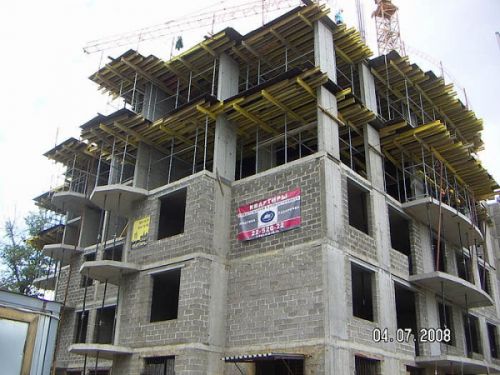
Characteristics of expanded clay concrete
Expanded clay concrete is a lightweight concrete, expanded clay is used as a filler. Basically, cement is used to bind the components. Lime and gypsum are much less common; sand is always included in the material. Expanded clay concrete is divided into dense and large-pored varieties. The lightest type of material is used in the production of wall panels.
Single-layer panels based on expanded clay concrete are called so only conditionally. In reality, such a block is formed from the following components:
- the main layer of aerated concrete;
- inner decorative shell;
- covering the outer shell from external influences.
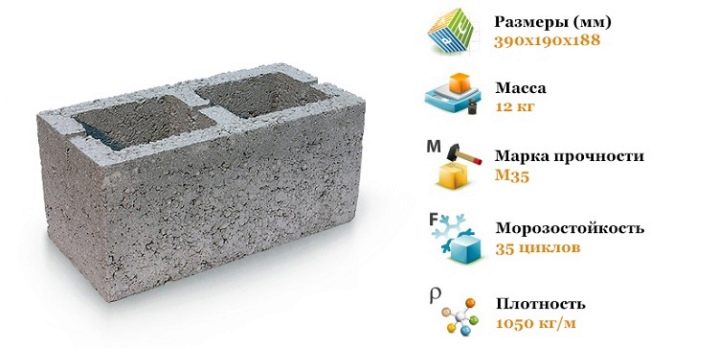
The layer facing the street has not only a protective but also a decorative function. Its thickness ranges from 1 to 2.5 cm. For the manufacture of the outer shell, cellular concrete is used, capable of passing steam. As a result, the block is guaranteed to be impervious to moisture. The outer surface of the block has a density of 1200 to 1400 kg per 1 cubic meter. m.
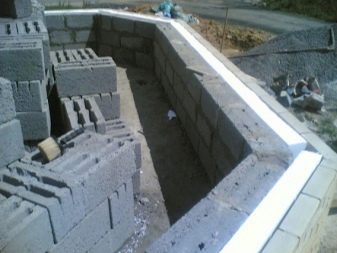
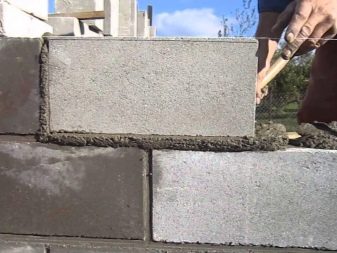
Three-layer panels made of expanded clay concrete are found somewhat less often than their single-layer counterparts. For the construction of such blocks, several layers of light or heavy concrete are used. They try to distinguish them with the following heaters:
- mineral wool;
- foam glass;
- fibrolite;
- glass wool;
- Styrofoam.
In any case, these materials must have a density of no more than 400 kg per 1 cubic meter. m. To exclude the accumulation of water in the insulating layer, a ratio of 1.2: 1 must be maintained between the core and the shell. Additionally, a vapor barrier is used, most often roofing material and foil. This barrier should separate the insulating layer from the main body. In order for the block to be as reliable and durable as possible, special connections of a rigid or flexible type must be created.
In addition to the number of parts, it is customary to sort products by structure. A solid expanded clay concrete block is used for the construction of houses with a height of 2 and 3 floors. These products are also needed to create, albeit less tall, but very important structures.
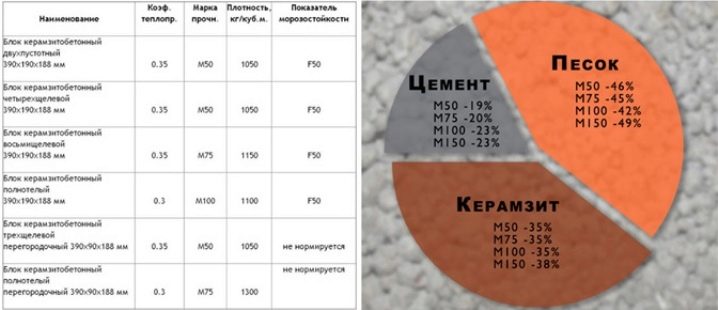
The hollow type of expanded clay concrete block is mainly needed for the construction of one-story houses and single partitions. And also these products are characterized by low thermal conductivity.
It is worth paying attention to the cladding structures, which can reduce the overall construction time of buildings. If you use them, you can immediately create a finished surface.
One of the faces of such blocks necessarily has a special coating or paint layer. There are expanded clay blocks, the color of which is due to the addition of natural colored clay or certain pigments. Finishing panels can have 1-3 layers, and multi-layer options are distinguished by the highest resistance to heat transfer.
